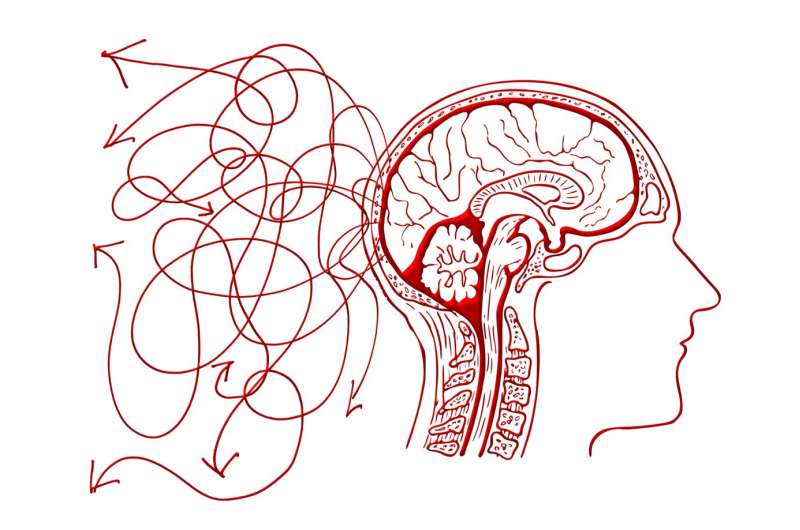Majority of Children with Pediatric Asthma Meet Diagnostic Guidelines

A new study reveals that around 60% of children diagnosed with asthma meet international guideline criteria, emphasizing the importance of objective testing for accurate diagnosis and treatment.
Recent research indicates that approximately 60% of children diagnosed with asthma by pediatricians have a confirmed diagnosis aligned with international guideline criteria, which necessitate two or more positive objective tests. The study, published online on August 8, 2025, in Pediatric Pulmonology, involved analyzing real-life data from 115 children aged 5 to 17 over a five-year follow-up period.
Led by Marie Hauerslev from the University of Copenhagen, the study examined how implementing strict diagnostic criteria affects disease assessment and management. The findings revealed that 63% of these children exhibited a guideline-confirmed diagnosis within a two-year diagnostic window. Notably, children with confirmed diagnoses showed greater improvements in lung function, measured as an increase in forced expiratory volume in one second (FEV1) percent-predicted annually (β-coefficient: 5.4 versus 3.7 in children without a confirmed diagnosis). Conversely, those with confirmed diagnoses faced significantly higher risks of acute asthma episodes, hospitalizations, and required oral corticosteroids—incident rate ratio was 4.7, with 10 hospitalizations versus one in those without confirmation, and an odds ratio of 6.0 for corticosteroid use.
The authors emphasized the importance of objective testing in pediatric asthma diagnosis. Despite this, they also noted that children with fewer positive tests still experienced lung function improvements and acute events, highlighting the necessity for comprehensive diagnostic approaches. These findings underscore that accurate diagnosis is crucial for effective treatment and monitoring of pediatric asthma.
This study emphasizes the vital role of objective tests in diagnosing asthma in children and suggests that a combination of clinical assessment and diagnostic tests can lead to better disease management and improved outcomes.
Source: https://medicalxpress.com/news/2025-08-children-asthma-guideline-diagnostic-criteria.html
Stay Updated with Mia's Feed
Get the latest health & wellness insights delivered straight to your inbox.
Related Articles
Innovative AI Techniques Reveal How We Make Decisions
New AI-based research uncovers the actual decision-making strategies of humans and animals using small, interpretable neural networks, offering insights into suboptimal and individual strategies in real-world scenarios.
Illinois Reports First Case of Rare Tick-Borne Powassan Virus
Illinois has confirmed its first case of the rare and potentially severe Powassan virus, highlighting the importance of tick-bite prevention during outdoor activities this season.
Innovative Drug Candidate ALT001 Disrupts Viral Pathways Linked to Alzheimer’s Disease
Researchers have developed ALT001, a novel drug candidate, that disrupts the connection between viral infections and Alzheimer's disease by enhancing microglial mitophagy, opening new avenues for neurodegenerative disease treatment.



